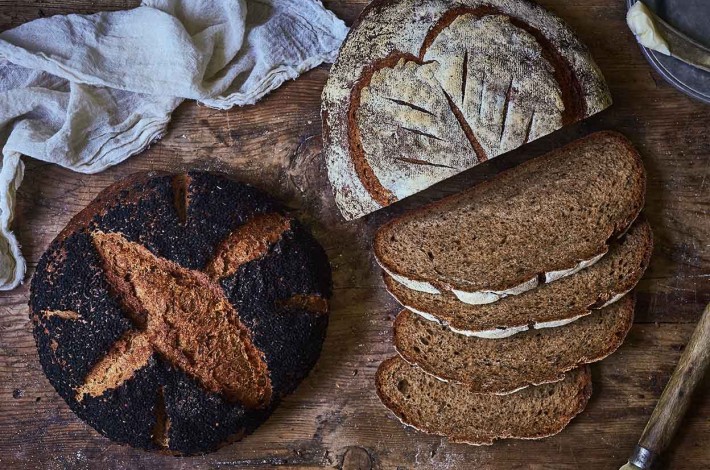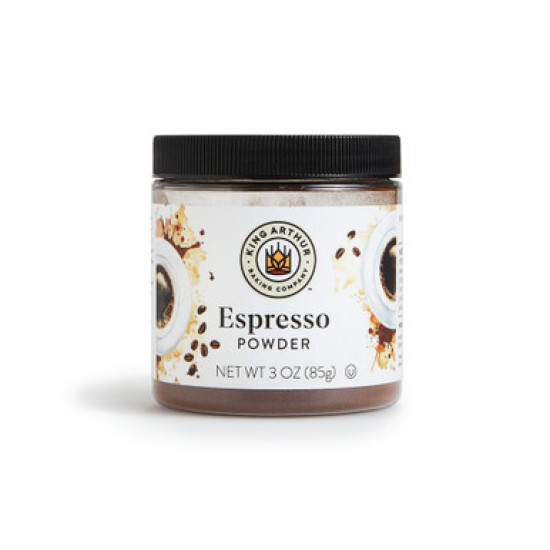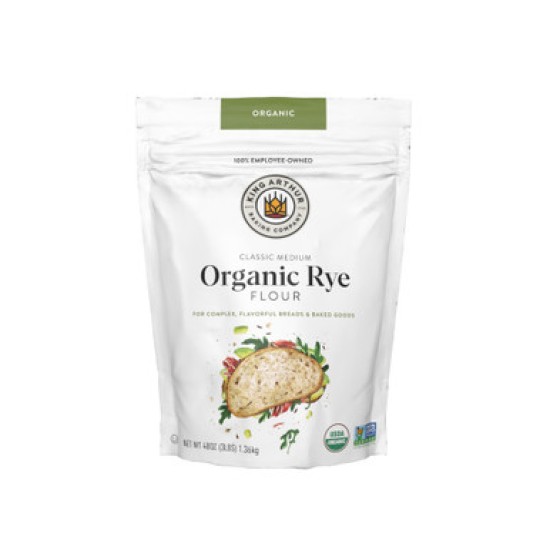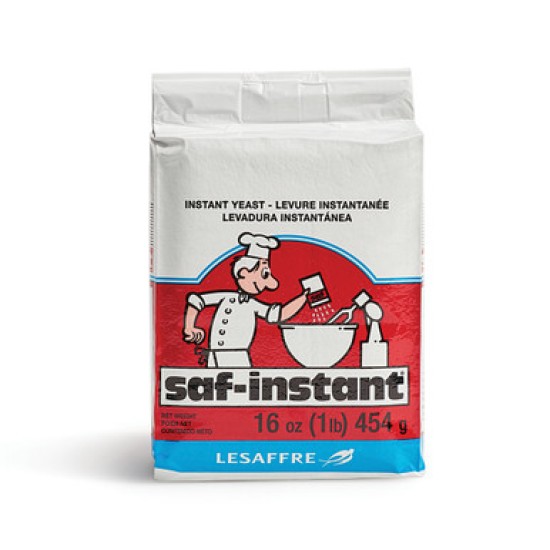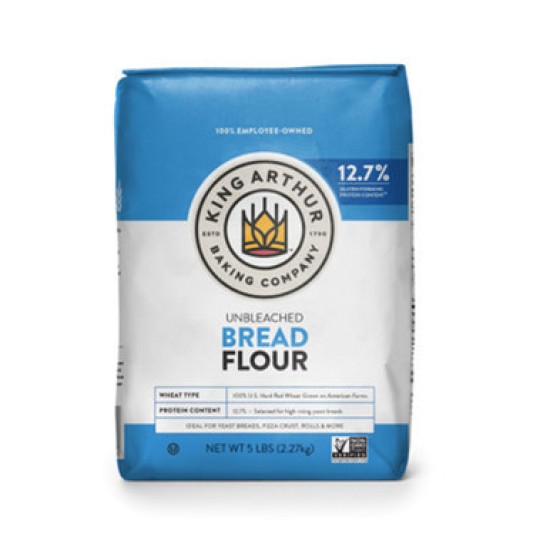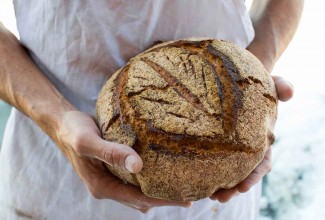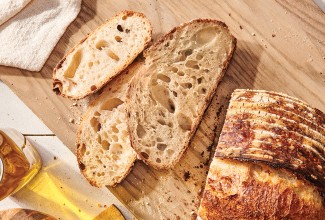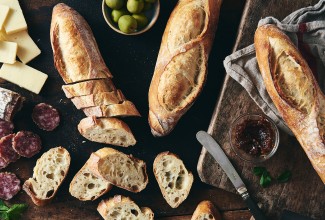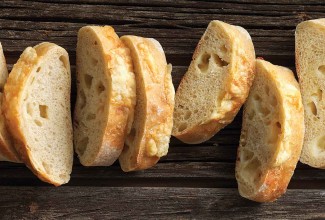-
To make the slurry: Break the bread into pieces, sprinkle with the ground coffee, and pour the boiling water over it. Mix it all up so the bread is good and wet. Cover tightly and let sit overnight.
-
To make the sourdough: Mix the water, rye flour and stiff sourdough together in a non-reactive, medium-sized mixing bowl, and let the mixture sit overnight, covered, preferably for about 16 hours, at a temperature of about 65°F to 70°F.
-
To make the dough: Put the slurry in a blender or food processor and blend until the bread is fairly well pulverized.
-
Scoop this into a mixing bowl or the bowl of a stand mixer. Weigh your flour; or measure it by gently spooning it into a cup, then sweeping off any excess. Add the sourdough mixture, oil, salt, yeast, and the flours.
-
Mix until well-blended, then let the dough rest for about 20 minutes.
-
Continue kneading and mixing — by hand or mixer — until the dough is well-developed. Because of the high percentage of rye flour in this dough, it'll never become smooth and elastic, as an all-wheat dough would; just knead it for 8 to 10 minutes, doing the best you can.
-
Place the dough in a greased mixing bowl, cover the bowl, and let it rise until you can leave a fingerprint in it, about an hour.
-
Turn it out onto a floured board, and divide it into two pieces. Shape these pieces into rough rounds, and let them rest for 5 minutes.
-
Shape into firm rounds, trying to form tight, seamless balls, and place the loaves on a piece of parchment. Cover them, and let them rise until they're about two-thirds of the way to doubled in bulk, about 45 minutes.
-
Preheat your oven to 450°F.
-
Slash the surface of the dough, making either one cut across the center, or a cross. Stay away from the "shoulders," or edges. Repeat with the other loaf.
-
Thoroughly mist the surface of both loaves with water until they're quite wet, sprinkle with seeds if you wish and, by sliding a peel under the parchment, slip the loaves onto the preheated baking stone.
-
Bake the bread for 30 minutes, reduce the oven heat to 400°F, and continue baking for a further 10 to 20 minutes. When the bread is done, the temperature at the center should register about 200°F to 210°F. Remove the bread from the oven, and cool it on a wire rack.
-
Store, loosely covered, at room temperature for up to 5 days. Freeze for up to 3 months.
